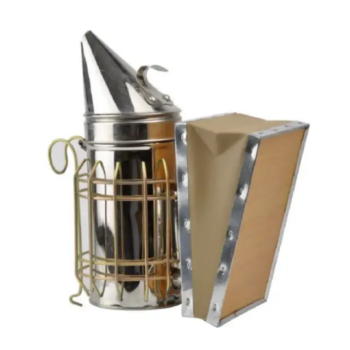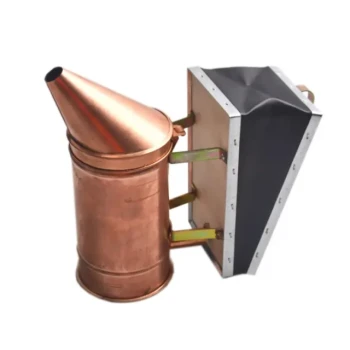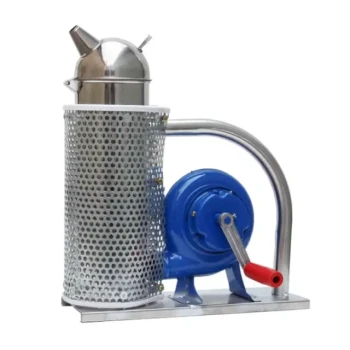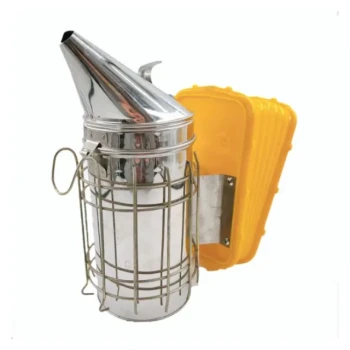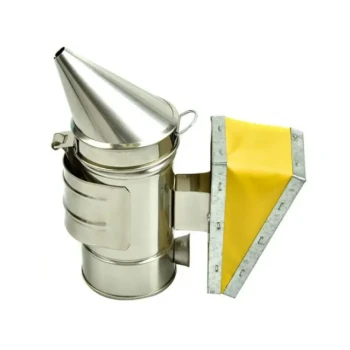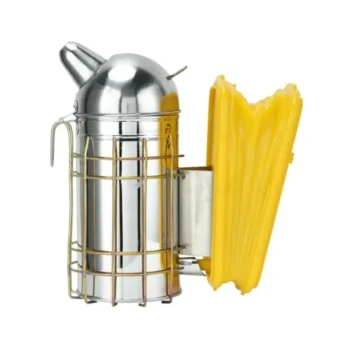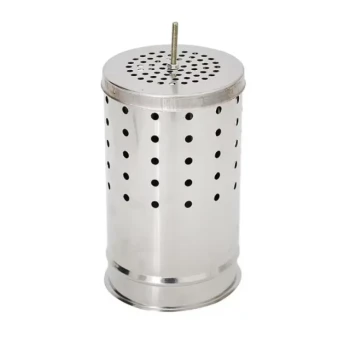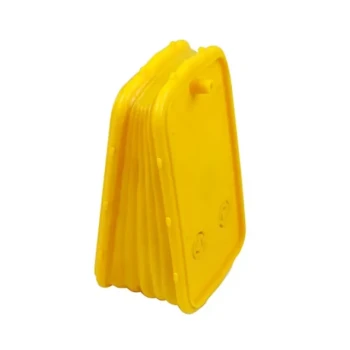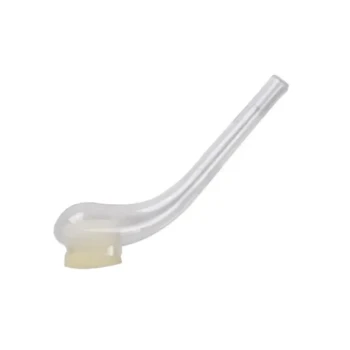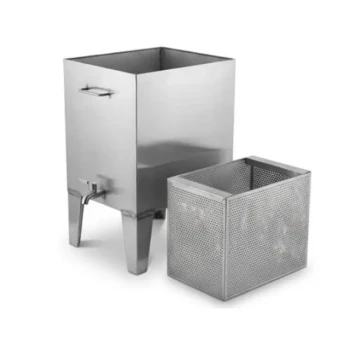To make smoke for a bee hive, you start by lighting a small amount of starter fuel—such as a crumpled sheet of newspaper, burlap, or pine straw—at the bottom of your bee smoker. Use a long lighter and pump the bellows until a small flame appears. Then, add more substantial fuel on top to smother the flame, close the lid, and continue puffing the bellows until you get a steady stream of cool, white smoke.
The goal is not simply to create smoke, but to produce a specific kind of cool, white smoke that calms the bees by masking their alarm signals and triggering a natural feeding response. Using this tool correctly is a matter of finesse, not force.
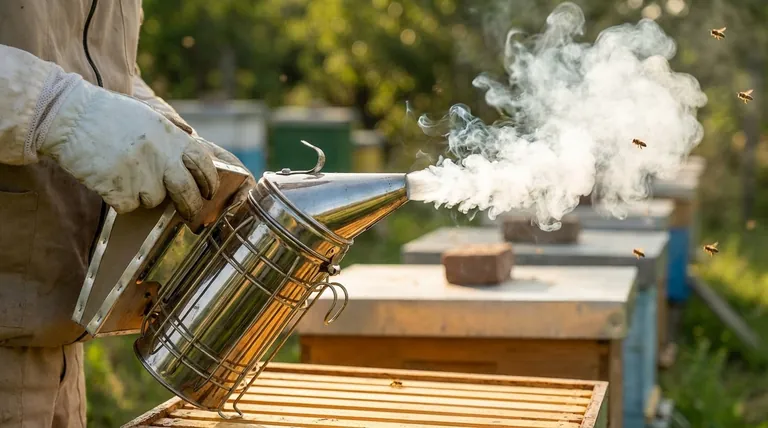
The Science Behind the Smoke: Why It Works
Understanding why smoke is effective is the key to using it properly. It's not a brute-force method to drive bees away; it’s a subtle manipulation of their innate behaviors.
Masking Alarm Pheromones
When a hive perceives a threat, guard bees release alarm pheromones like isopentyl acetate. This chemical signal instantly alerts the colony to danger, triggering a coordinated defensive response.
Smoke effectively jams this communication channel. The scent of the smoke masks the alarm pheromones, preventing the message from spreading throughout the hive and stopping a defensive mobilization before it starts.
Triggering a Natural Feeding Response
Smoke also triggers a primal instinct related to forest fires. When bees sense smoke, their instinct tells them the hive may be destroyed and they might have to abscond.
In preparation, they immediately begin to gorge on honey, loading up on food reserves for the potential journey. A bee with a full stomach is physically less able to flex its abdomen to sting and is generally more docile and preoccupied.
Creating Cool, White Smoke: A Step-by-Step Guide
The quality of your smoke is critical. Hot smoke or flying embers can harm the bees and damage the hive. The target is a consistent, cool, and dense white smoke.
Step 1: Choose Your Starter Fuel
Your starter fuel needs to catch fire easily. A small amount is all you need.
Good options include a single sheet of crumpled newspaper, a small strip of burlap, a handful of dry pine straw, or a paper shop towel.
Step 2: Light the Starter
Place the starter material loosely in the bottom of the smoker canister. Use a long-stemmed lighter to ignite it from below through the smoker's nozzle or by reaching inside.
Pump the bellows a few times until the material sustains a small flame.
Step 3: Add the Primary Fuel
Once your starter is lit, add your main fuel on top. This fuel should be denser and smolder for a longer time. Good options include more burlap, pine straw, cotton fabric scraps, or untreated wood shavings.
The goal is for the primary fuel to pack down on the starter, smothering the flame and forcing it to smolder and produce thick smoke rather than fire.
Step 4: Check the Smoke Quality
Close the smoker lid and give the bellows several strong puffs. The smoke coming out should be thick, white, and cool to the touch if you hold your hand several inches from the nozzle. If it's hot or shooting sparks, you may need to add more fuel to better smother the flame.
Understanding the Trade-offs and Common Pitfalls
Using a smoker is a fundamental beekeeping skill, but incorrect use can cause more harm than good. Understanding the risks is essential for responsible hive management.
The Danger of Over-Smoking
More is not better. Over-smoking is the most common mistake. It can agitate the colony instead of calming it, and excessive smoke can be absorbed by the honey and wax, tainting the flavor of your harvest.
The Risk of Hot Smoke
If your smoker is not packed correctly, it can shoot hot embers or excessively hot smoke into the hive. This can burn bees' wings, kill brood, and is a significant source of stress for the colony.
Applying Smoke Incorrectly
Puffing smoke directly down into a frame of bees can cause them to panic and run. The proper technique is to waft smoke across the top of the frames to gently move the bees down and out of your way.
How to Apply This to Your Inspection
The amount and frequency of smoke depend entirely on the temperament of the hive and the duration of your work.
- If your primary focus is a quick, five-minute check: A couple of gentle puffs at the entrance and two more under the inner cover are often sufficient.
- If your primary focus is a deep, thirty-minute inspection: Ensure your smoker is well-packed to last, but only apply a single, gentle puff across the tops of the frames when the bees begin to get curious or agitated.
- If your primary focus is bee health and colony calm: Always start with minimal smoke and only add more if the bees' behavior tells you it's necessary. Pay attention to the sound of the hive; a low, steady hum is good, while a high-pitched buzz is a sign of agitation.
Used with skill and restraint, smoke is one of the most effective tools for fostering a calm and safe interaction between you and your bees.
Summary Table:
| Step | Key Action | Goal |
|---|---|---|
| 1. Ignite | Light a small starter fuel (e.g., newspaper) at the smoker's bottom. | Create a small, manageable flame. |
| 2. Smother | Add primary fuel (e.g., burlap, pine straw) on top of the flame. | Force the fuel to smolder, not burn. |
| 3. Produce | Pump the bellows until thick, white, cool smoke flows steadily. | Achieve the correct smoke quality to calm bees. |
| 4. Apply | Waft smoke gently across the top of the frames, not directly at bees. | Mask alarm pheromones and trigger the feeding instinct. |
Ready to Elevate Your Beekeeping Practice?
A reliable smoker is just the start. HONESTBEE supplies commercial apiaries and beekeeping equipment distributors with the high-quality, durable supplies needed for efficient, large-scale operations. From smokers and protective gear to hive tools and extraction equipment, our wholesale-focused model ensures you get the professional-grade tools for maintaining calm, productive hives.
Let's discuss your specific needs. Contact our team today to learn how our products can support the health of your colonies and the success of your business.
Visual Guide
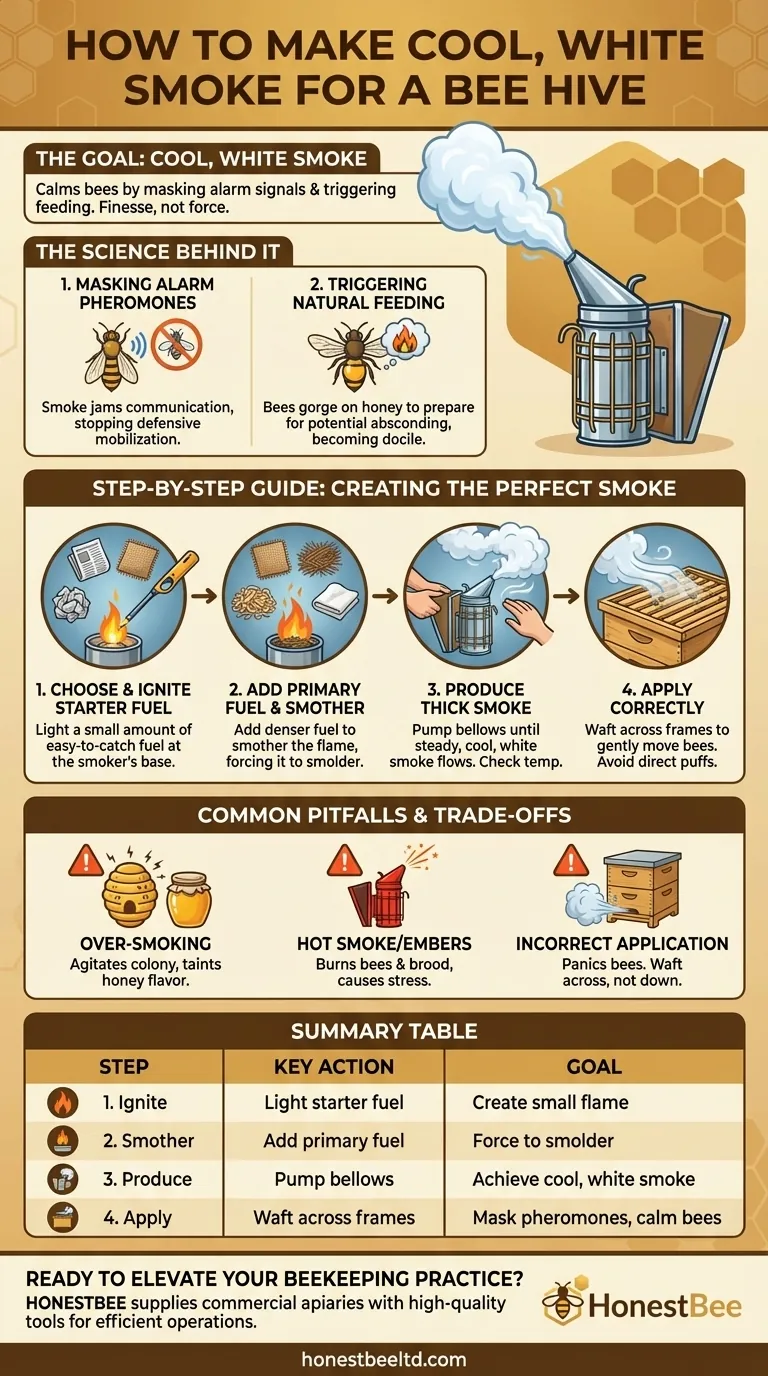
Related Products
- Stainless Steel Honey Bee Smoker Hive and Honeycomb Smoker for Beekeeping
- Premium Traditional Copper Bee Smoker with Bellows
- European Stainless Steel Bee Smoker for Honey Bee Hive
- Economy Galvanized Beekeeping Honey Bee Smoker for Wholesale
- Electric Bee Smoker European Style Bee Hive Smoker for Beekeeping
People Also Ask
- What is a bee smoker and how does it work? Master the Tool for Calm, Safe Hive Inspections
- What is a Smoker and how is it used in beekeeping? The Essential Tool for Calm, Safe Hive Inspections
- How long does it take to clean a bee smoker? From 15-Minute Quick Fix to 10-Hour Deep Clean
- What is the purpose of a bee smoker and how should it be used? A Guide to Calm, Safe Hive Inspections
- What is a bee smoker and what is its primary purpose? Master Safe Hive Inspections
